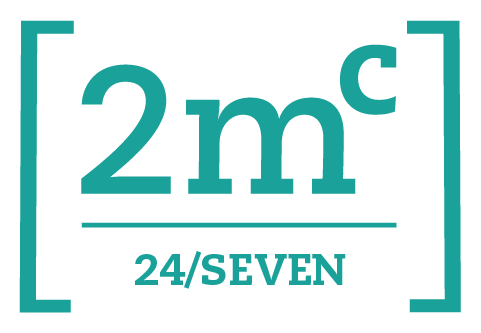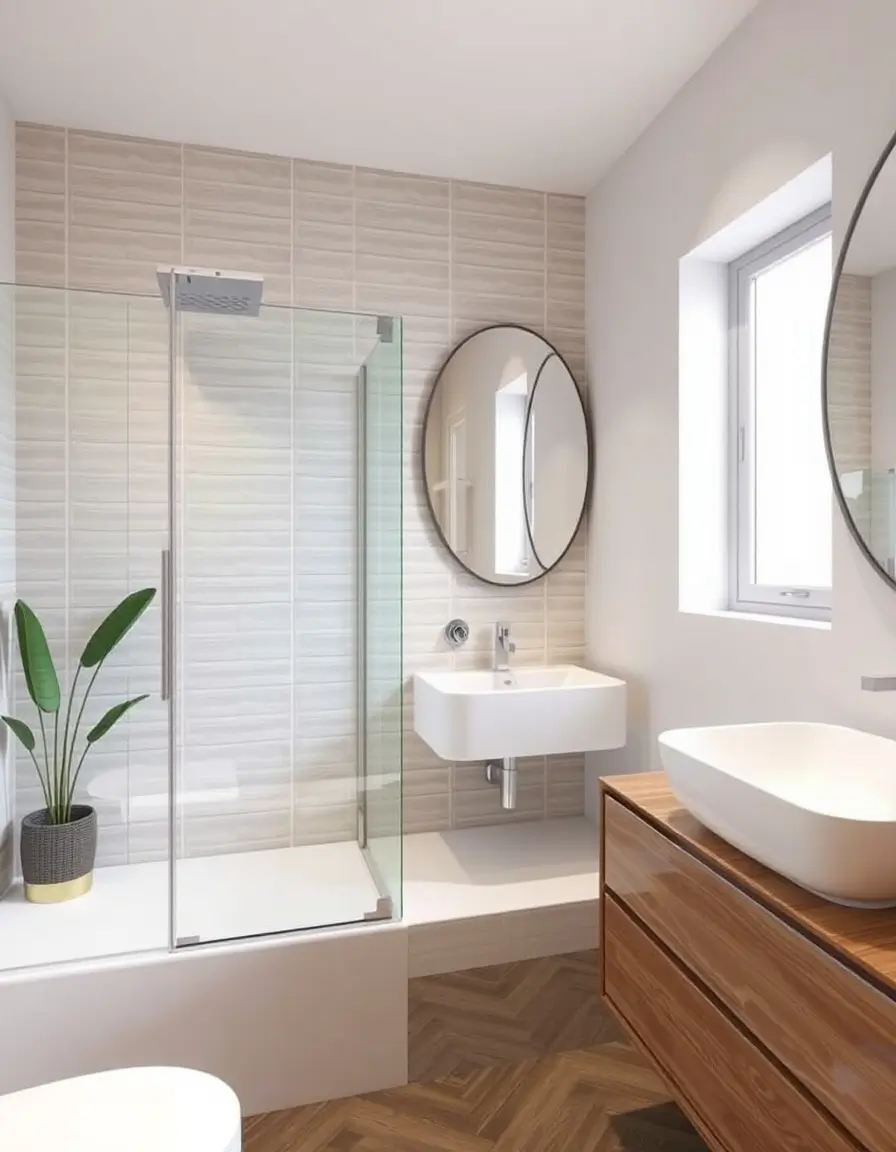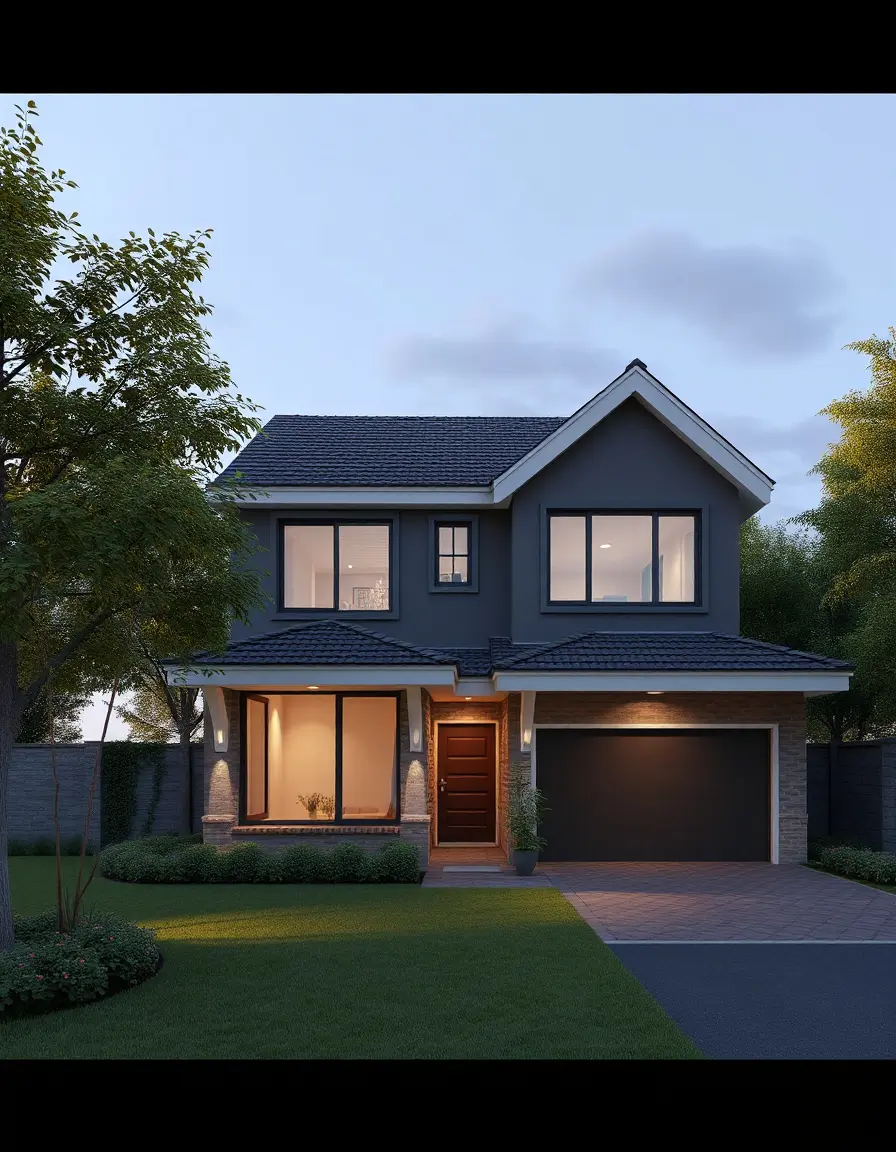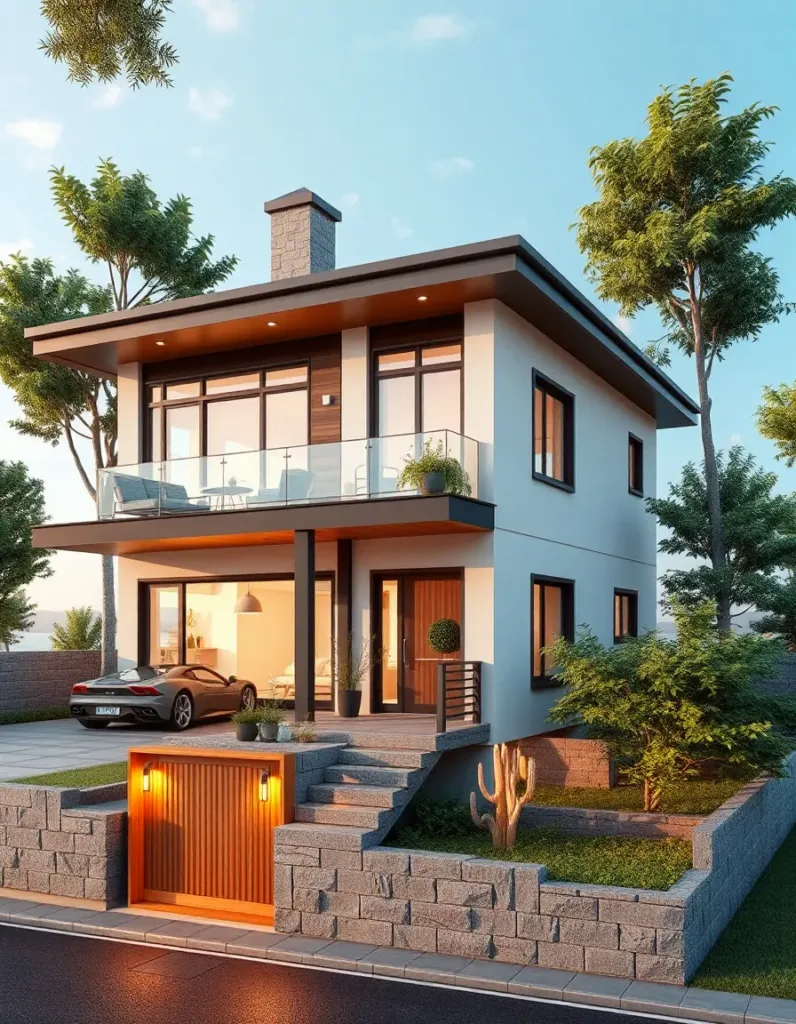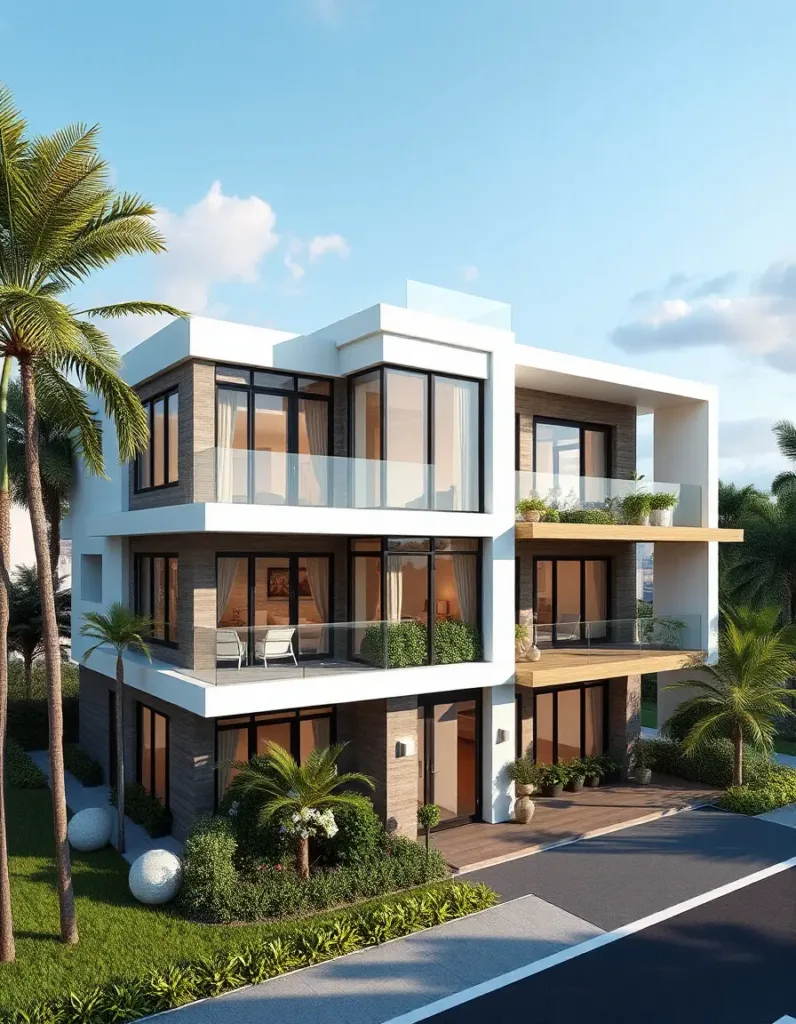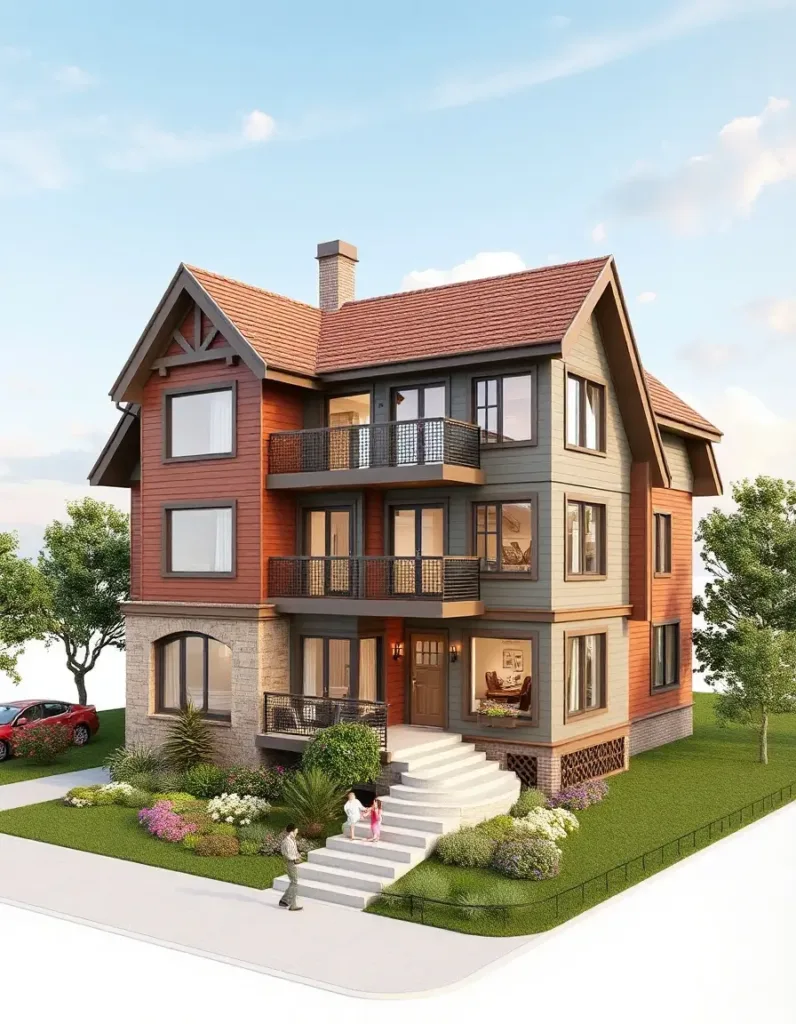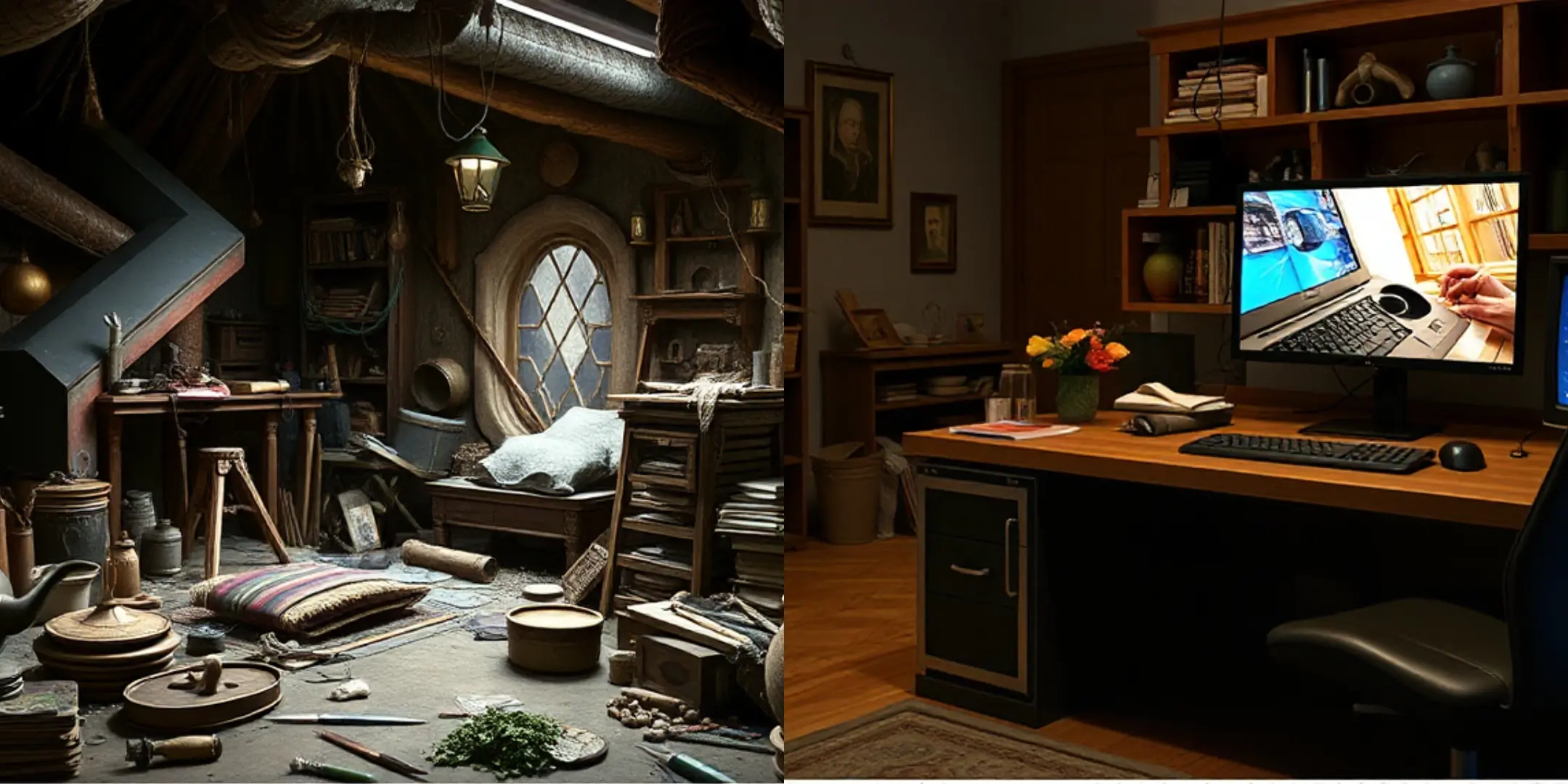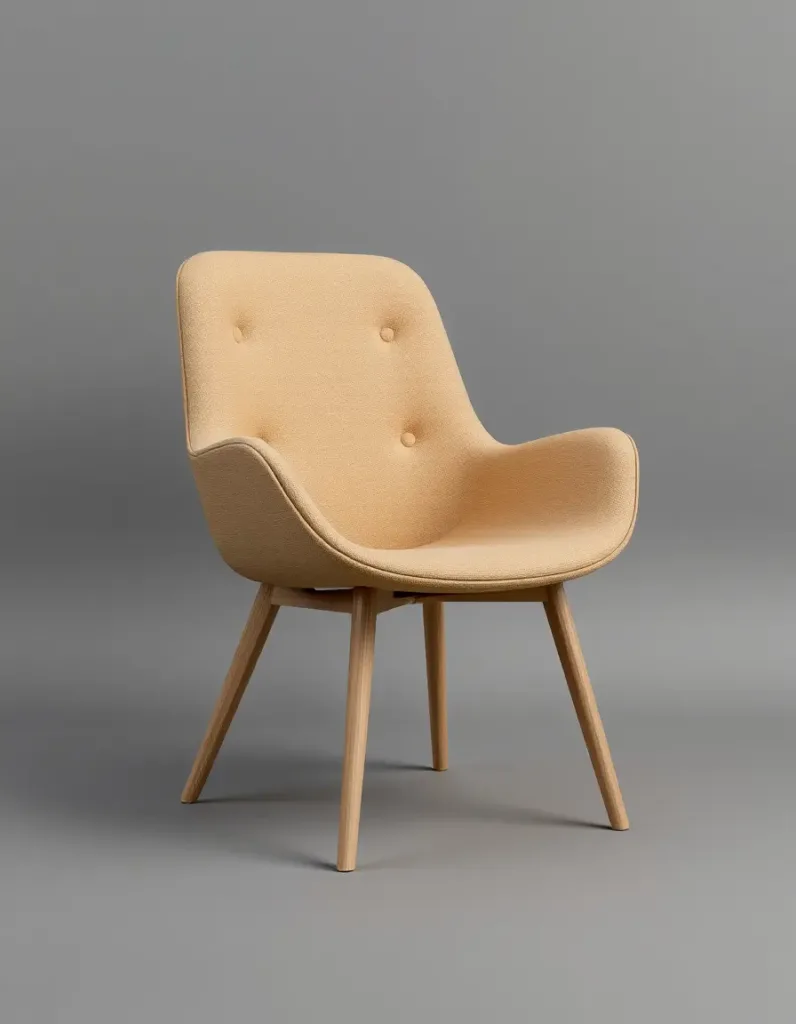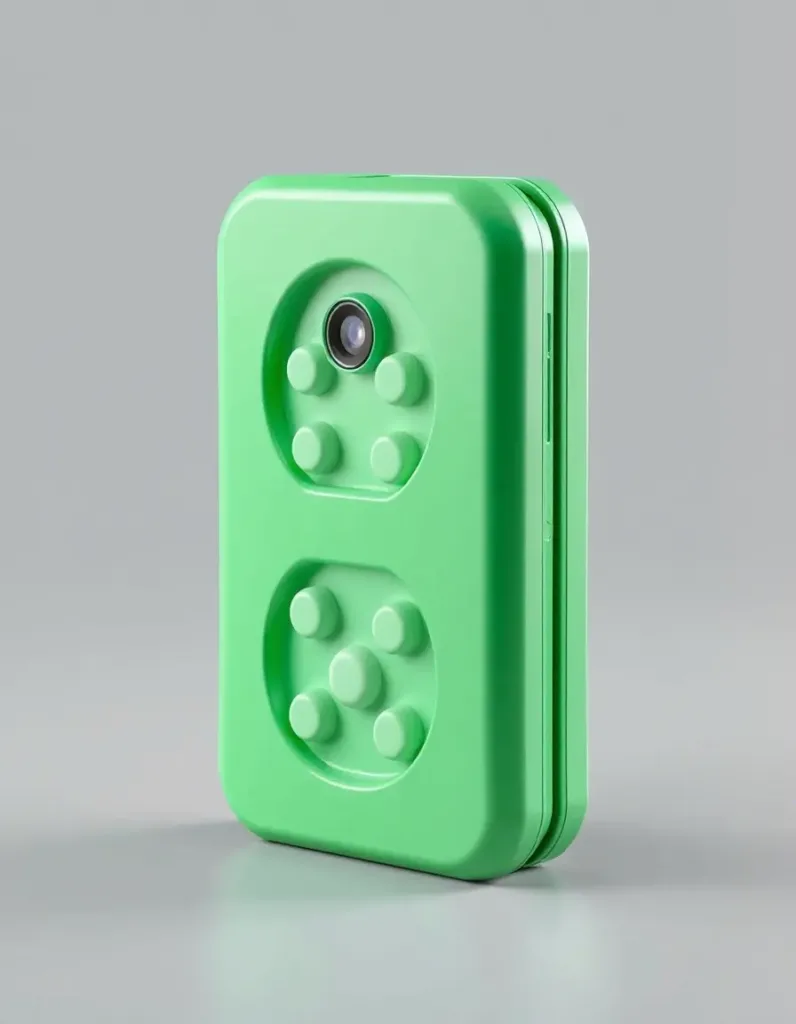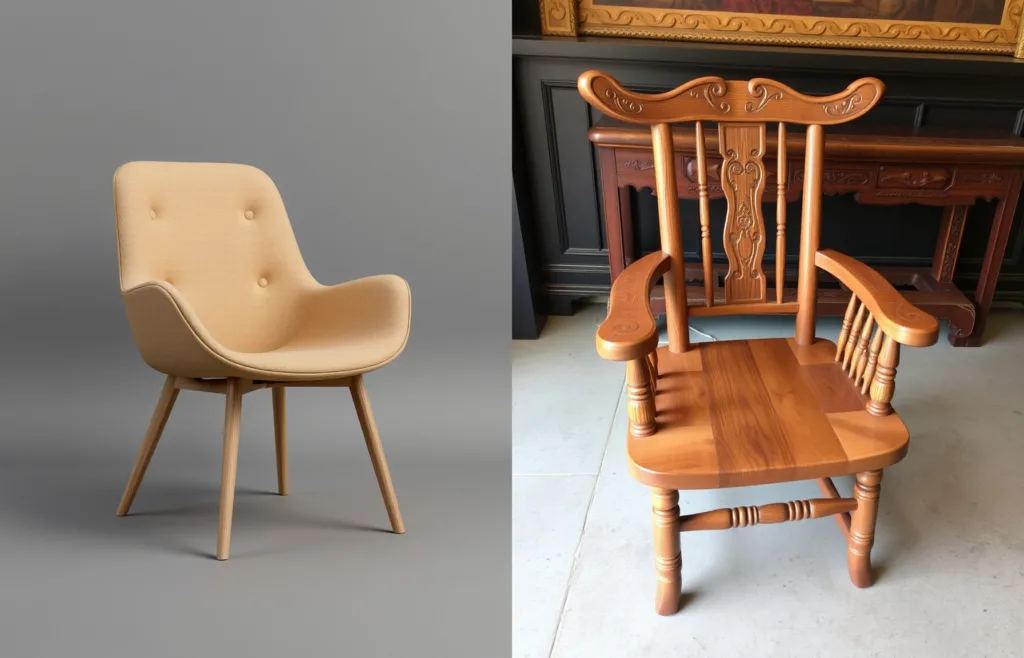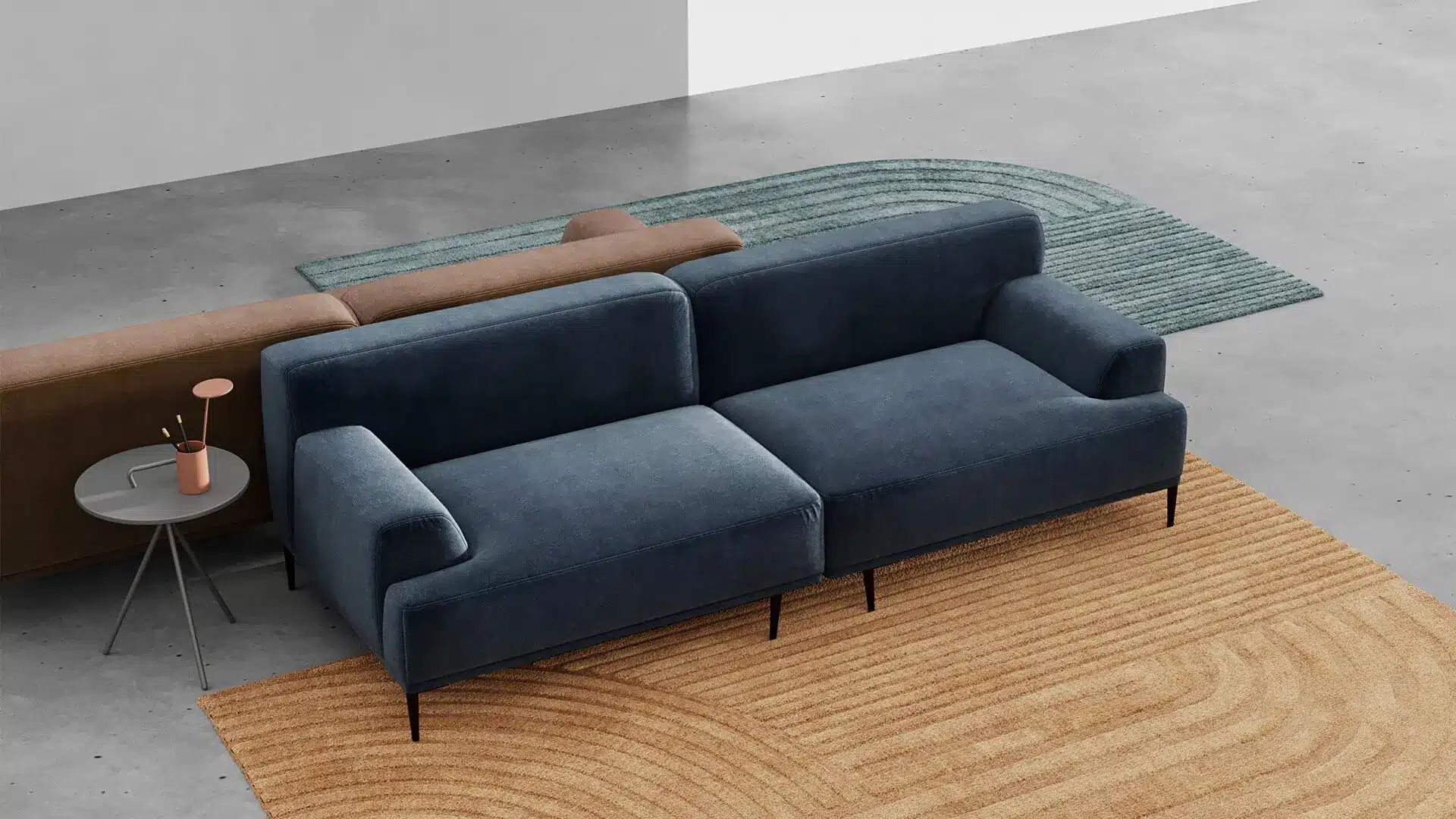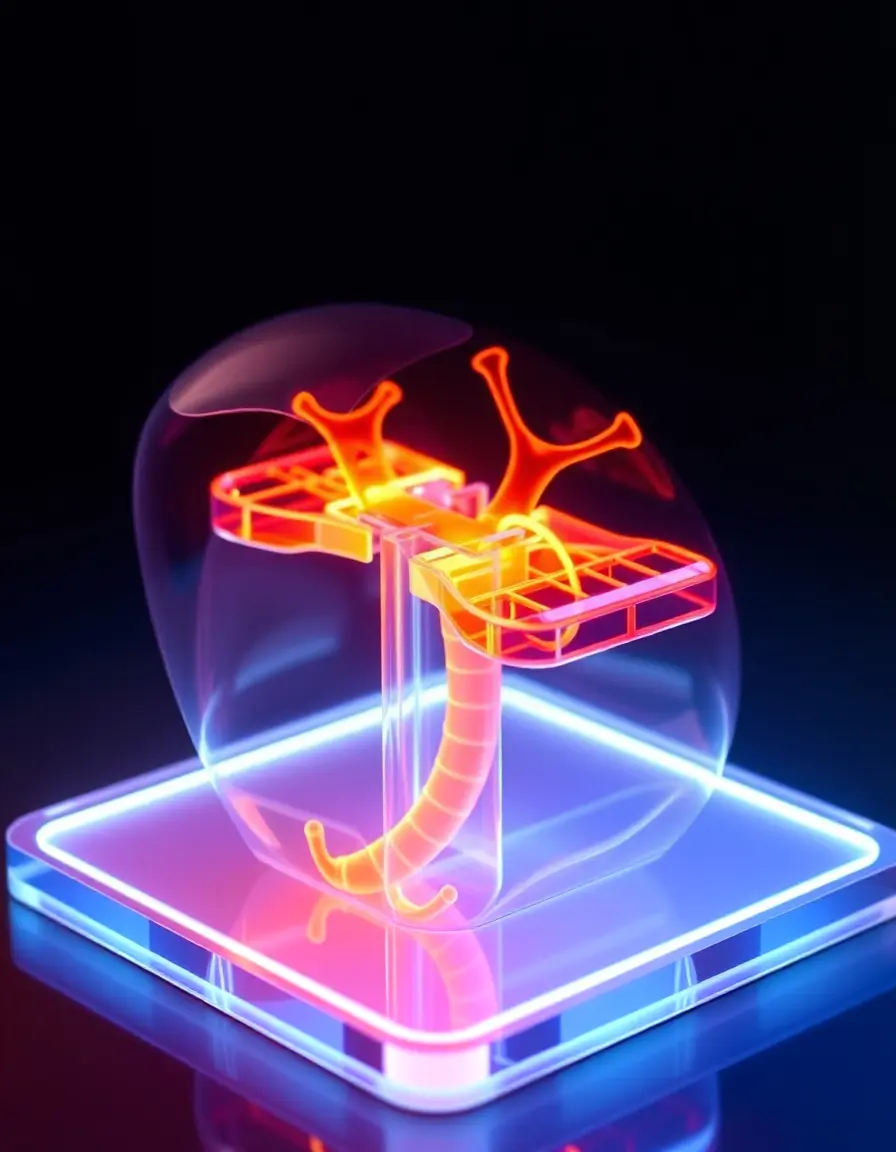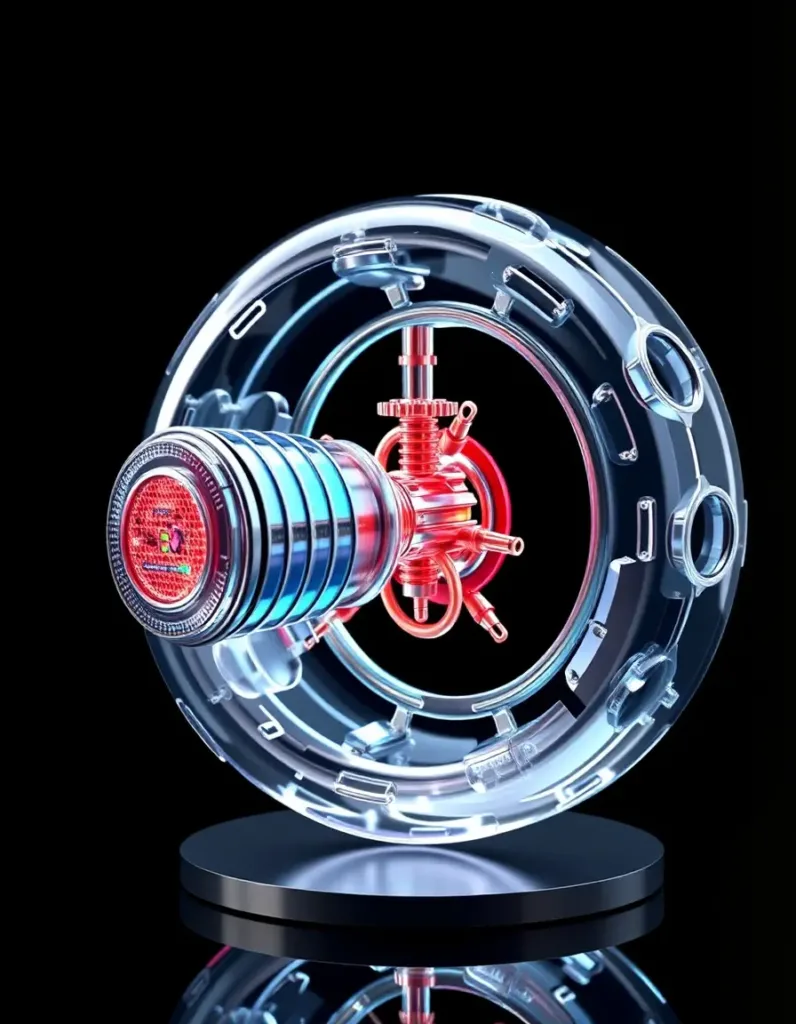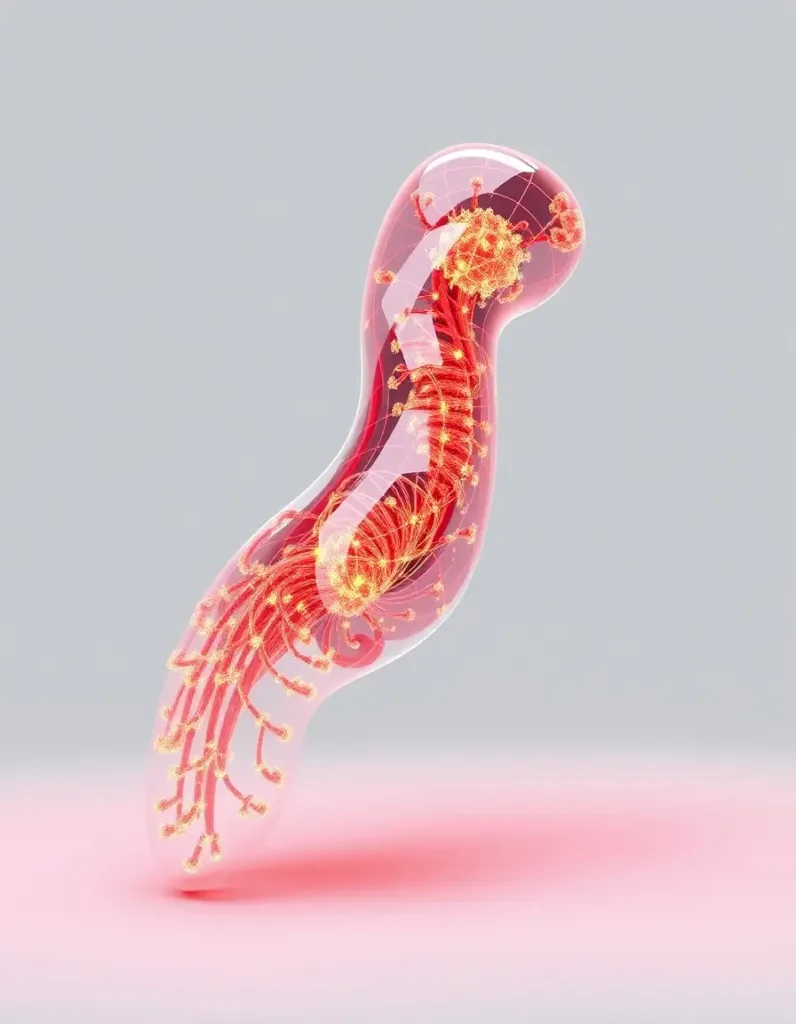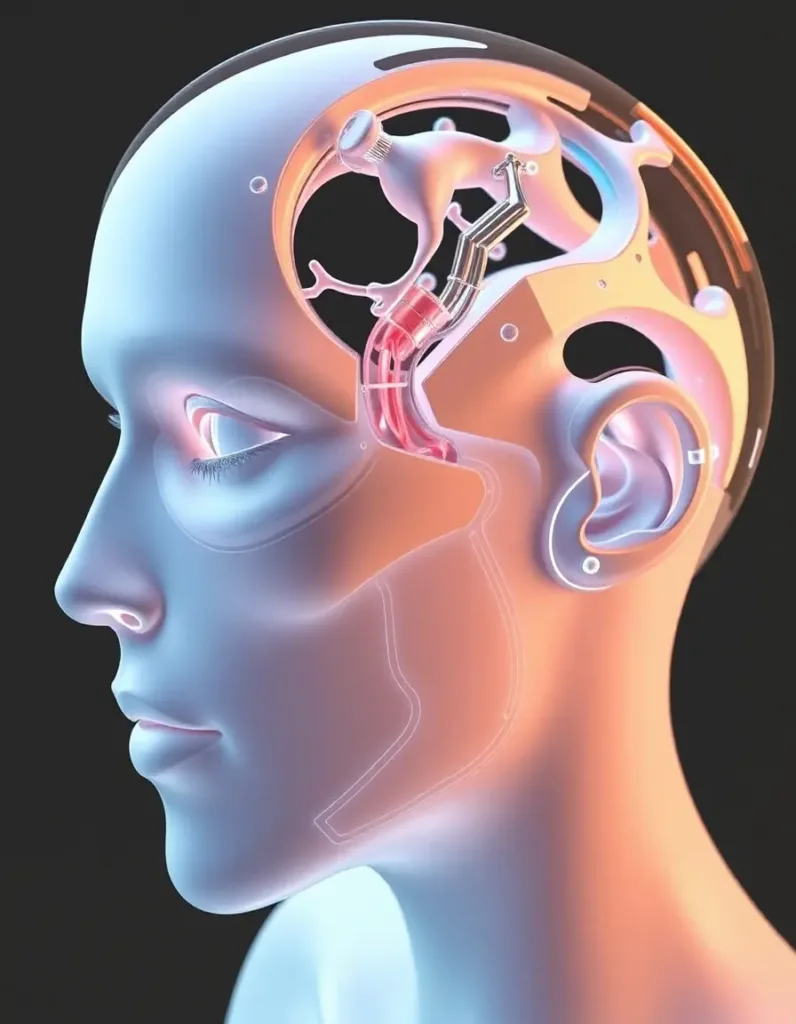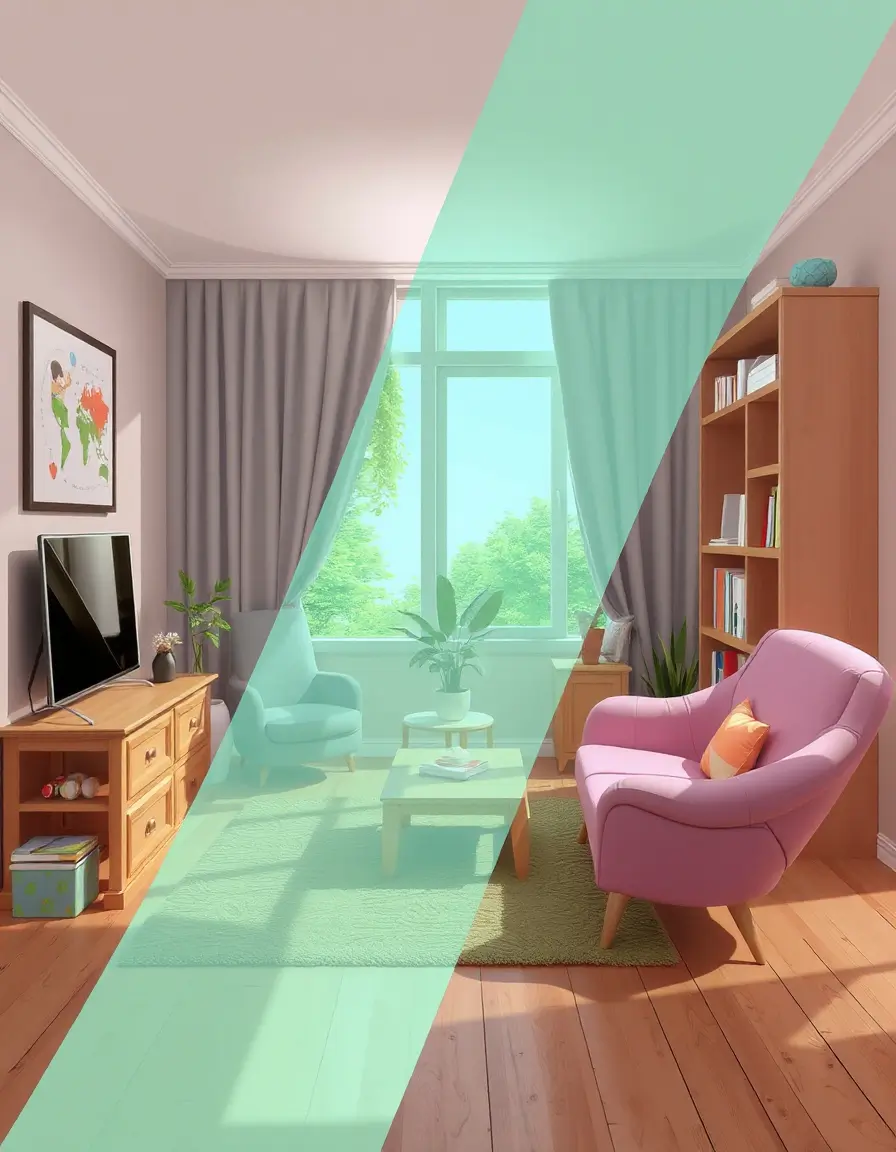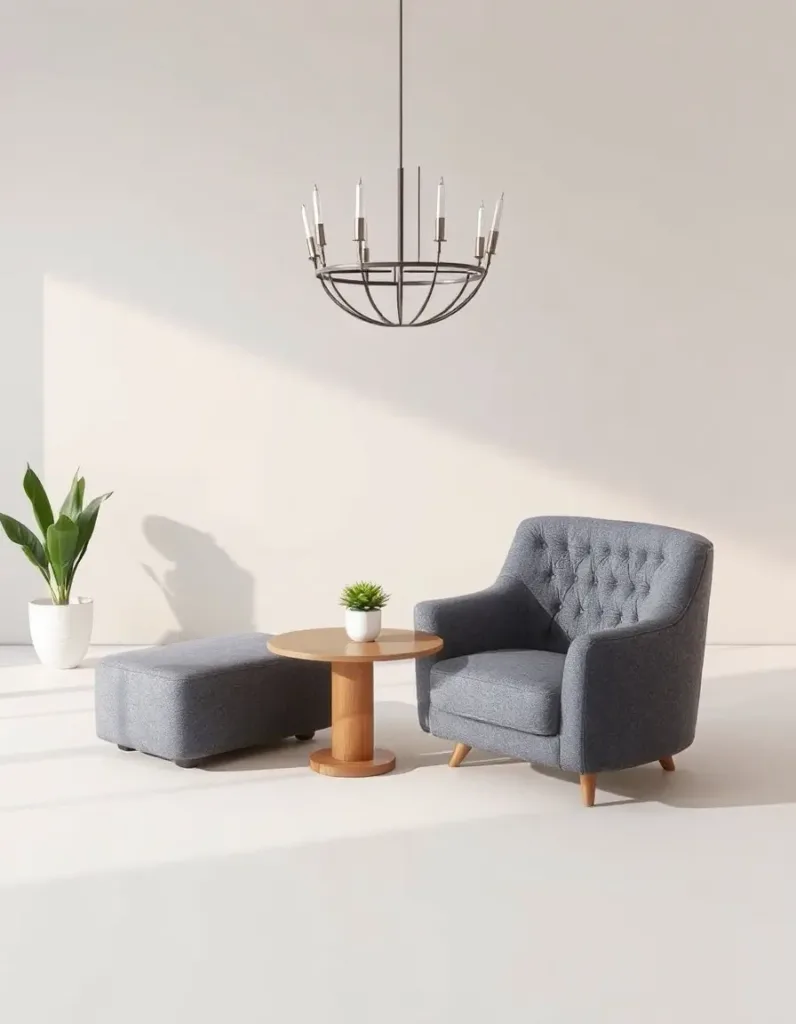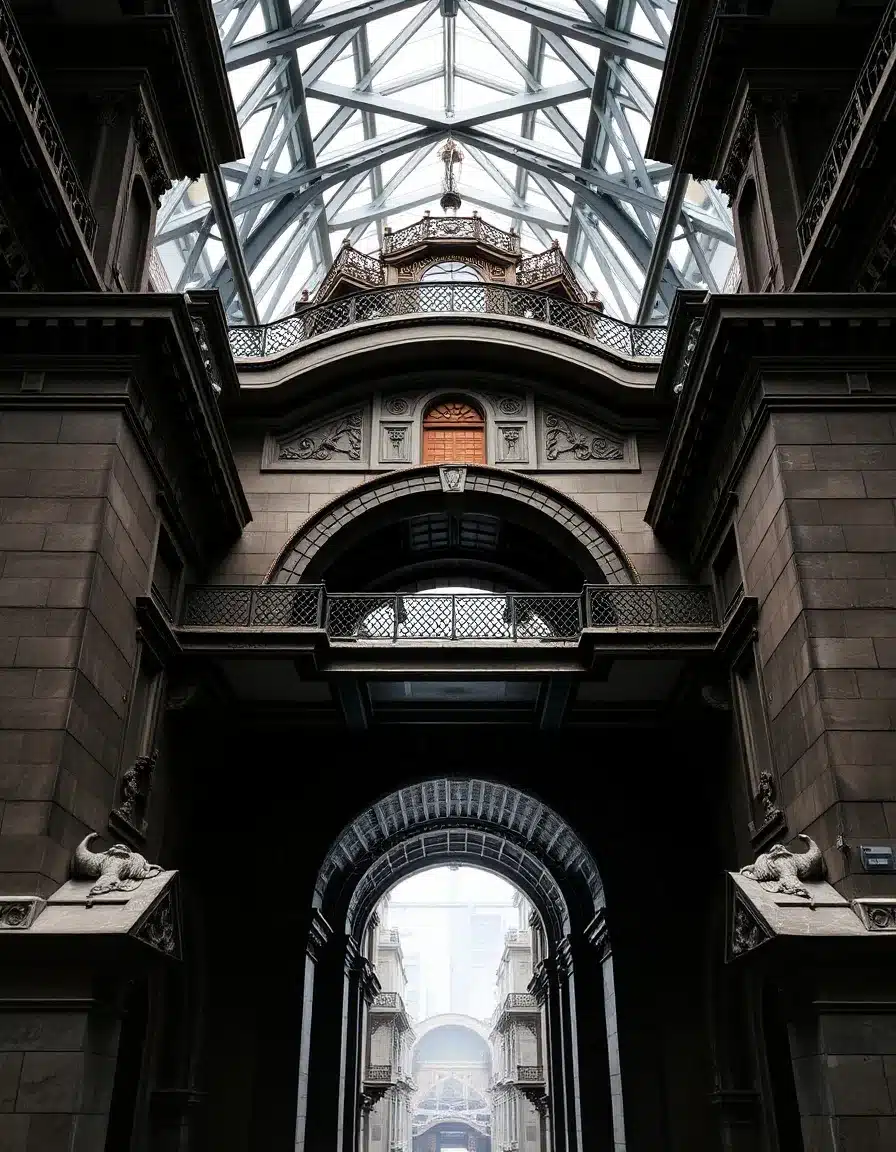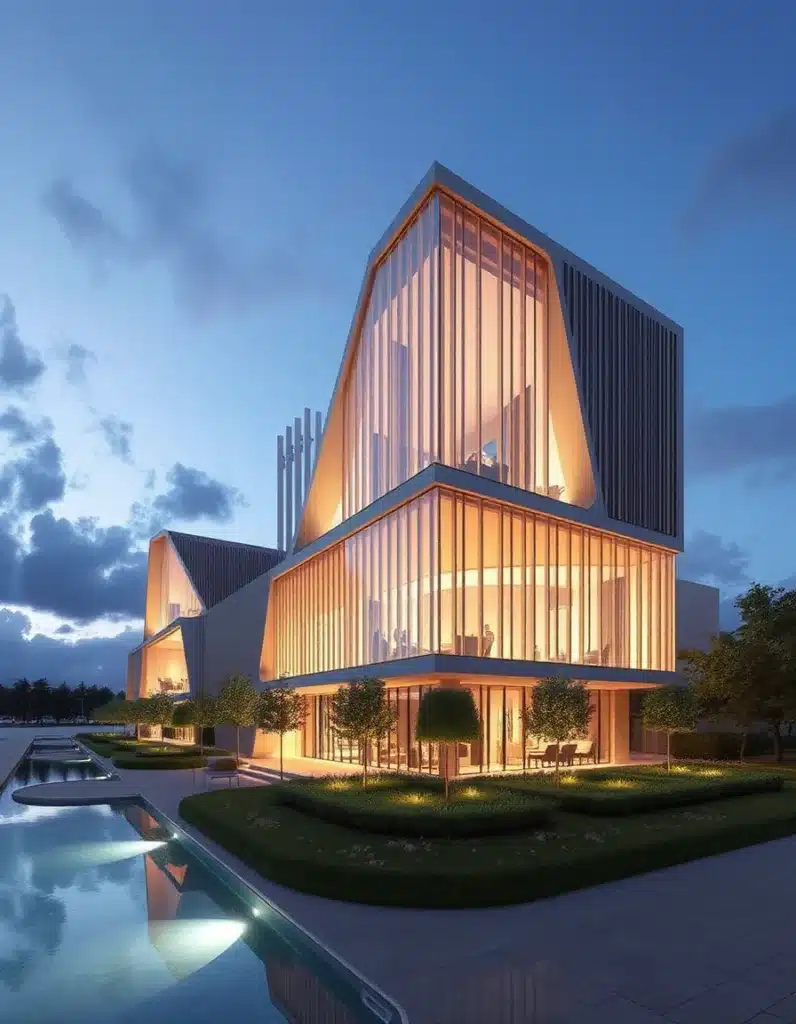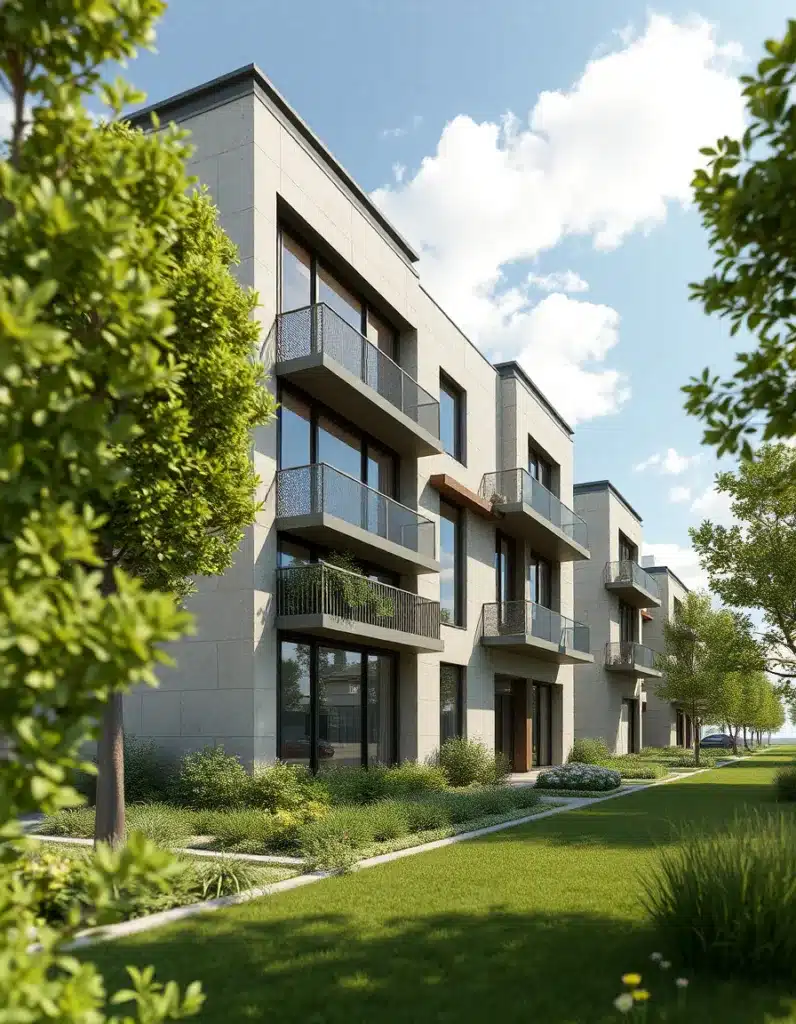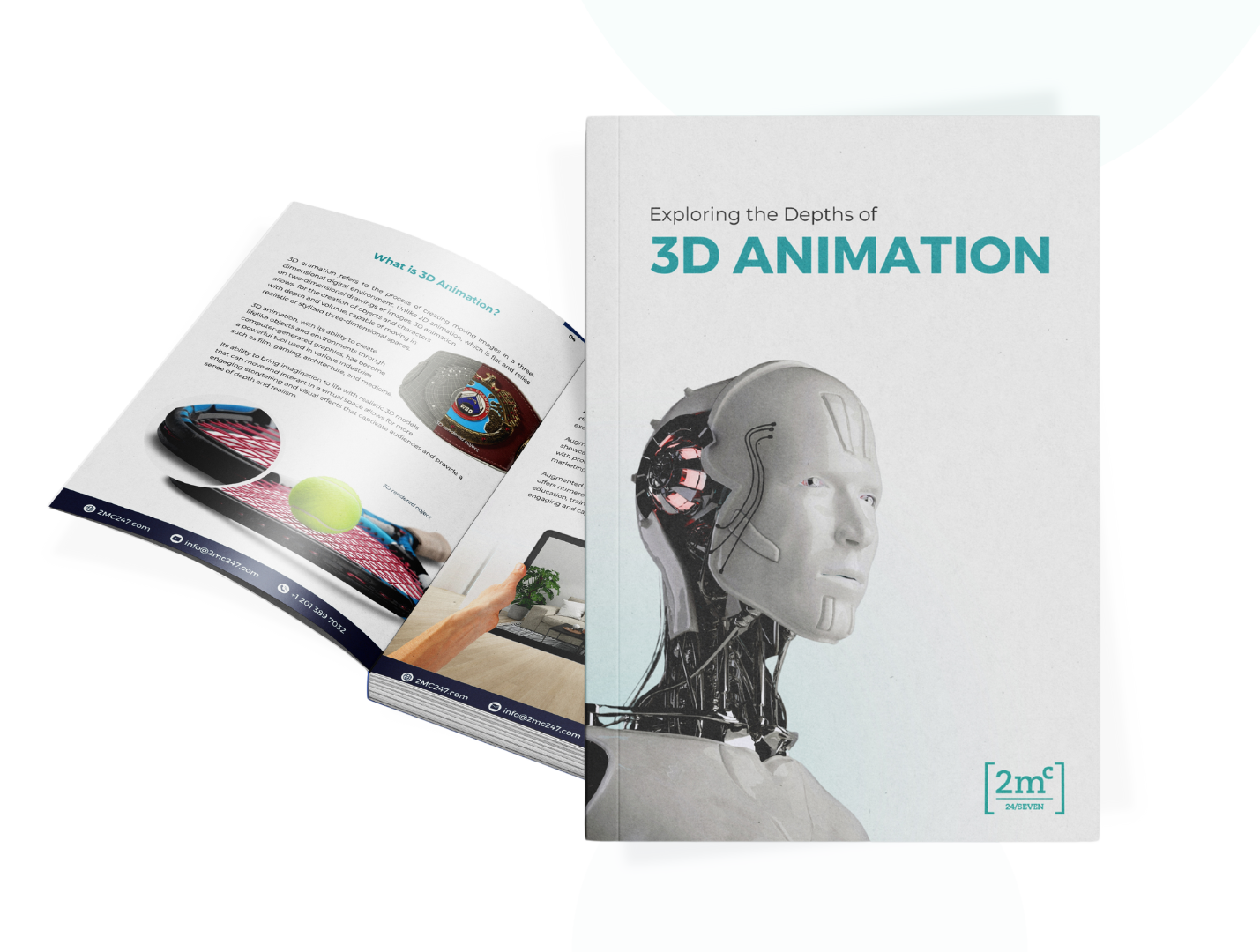Designing a small bathroom is often a challenge. With limited square footage, every inch must be carefully planned to balance functionality and aesthetics. Poorly designed small bathrooms can feel cramped, cluttered, and impractical, making the space less enjoyable to use.
However, 3D bathroom visualization has transformed how designers, homeowners, and contractors plan and optimize compact bathroom spaces. With advanced 3D rendering and virtual staging, it’s now possible to test multiple layouts, materials, and fixtures before committing to a design.
In this blog, we’ll explore how 3D visualization helps create efficient, stylish, and practical small bathrooms, ensuring the perfect balance between design and usability.

Why Small Bathroom Design Needs 3D Visualization
Traditional 2D sketches and mood boards often fall short when designing small bathrooms. They don’t always convey how a space will look and feel once completed. That’s where 3D visualization comes in.
✅ Accurate Space Planning – 3D visualization provides precise measurements, layouts, and proportions, ensuring that all elements fit comfortably.
✅ Better Material and Fixture Selection – Homeowners and designers can experiment with tiles, colors, lighting, and fixtures in a realistic digital environment.
✅ Avoiding Costly Mistakes – Making adjustments in 3D prevents expensive redesigns and last-minute layout changes during construction.
✅ Improved Client Approval Process – Clients can see exactly how their small bathroom will look before the renovation begins, reducing uncertainty.
By integrating 3D visualization into the design process, homeowners and professionals can maximize every inch of a small bathroom without compromising on style or comfort.

Common Small Bathroom Challenges & How 3D Visualization Solves Them
1. Making the Space Feel Bigger
One of the biggest concerns when designing a small bathroom is avoiding a cramped, claustrophobic feel.
3D visualization helps by:
- Testing light color palettes to make the space feel more open.
- Experimenting with wall-mounted vanities and floating sinks to free up floor space.
- Simulating glass shower enclosures vs. shower curtains to determine which layout feels more spacious.
Without 3D visualization, homeowners may struggle to see how these small changes impact the overall look and feel of the space.
2. Optimizing Storage Without Adding Bulk
Storage is essential in small bathrooms, but bulky cabinets and shelving can make the space feel even tighter.
3D renders allow designers to:
✔ Add built-in shelving and recessed wall niches without taking up extra space.
✔ Test slimline vanities and compact storage solutions to maintain a clutter-free look.
✔ See how mirrored cabinets can create an illusion of depth while providing storage.
By visualizing different storage options in 3D, homeowners can find the best layout that balances practicality and aesthetics.
3. Choosing the Right Tile and Wall Finishes
Tile selection plays a major role in small bathroom design. The wrong choice can make the space feel even smaller, while the right design enhances openness.
3D visualization helps by:
✅ Allowing designers to test large-format tiles vs. small tiles and see which works best.
✅ Simulating vertical vs. horizontal tile layouts to determine which elongates the space.
✅ Experimenting with light-reflective surfaces like glossy tiles and glass to enhance brightness.
By visualizing different tile designs in 3D, homeowners can confidently select the best option for maximizing their space.
4. Smart Placement of Fixtures and Accessories
Every inch matters in a small bathroom, and poor placement of fixtures can lead to awkward spaces.
With 3D visualization, designers can:
✔ Test different toilet and sink placements to improve flow.
✔ Ensure that showers and bathtubs fit comfortably in the available space.
✔ Position lighting fixtures strategically to enhance brightness without overwhelming the design.
Having a 3D preview of the entire layout helps homeowners avoid design errors that could impact usability.
Case Study: Transforming a Small Bathroom with 3D Visualization
Consider a homeowner planning to remodel a 5×7-foot bathroom.
Challenges:
🔹 The existing layout felt cramped with a bulky vanity and outdated tub.
🔹 There was minimal storage, leading to clutter.
🔹 The dark tiles and poor lighting made the space feel even smaller.
How 3D Visualization Helped:
✔ The designer created a floating vanity with under-sink storage, freeing up floor space.
✔ They tested a frameless glass shower instead of a bathtub, opening up the room.
✔ They experimented with light-colored tiles and LED mirror lighting to brighten the space.
✔ 3D renders allowed the homeowner to see multiple layouts before committing to a final design.
Result: The homeowner was able to make confident decisions, leading to a successful, functional, and stylish small bathroom remodel.

The Future of Small Bathroom Design: Interactive 3D Tools
As technology advances, interactive 3D bathroom configurators are becoming more popular. These tools allow:
- Homeowners to design their bathrooms in real-time, selecting fixtures, tiles, and layouts interactively.
- Interior designers to collaborate with clients remotely, presenting photorealistic concepts.
- Real estate developers to showcase bathroom designs before construction, helping buyers visualize properties.
By leveraging 3D technology, small bathroom design is becoming more precise, efficient, and personalized.
Maximize Your Small Bathroom Design with 2MC 24/Seven
At 2MC 24/Seven, we specialize in high-quality 3D bathroom visualization that helps homeowners, interior designers, and real estate developers bring their ideas to life with confidence.
🏡 Our services include:
✅ Photorealistic 3D renderings that showcase bathroom layouts before construction.
✅ Interactive 3D floor plans to optimize small spaces effectively.
✅ Virtual staging for bathroom fixtures and storage solutions.
✅ Real-time customization options to experiment with materials, tiles, and layouts.
📢 Want to create a perfect small bathroom without the guesswork? Contact 2MC 24/Seven today and let’s turn your vision into reality!
